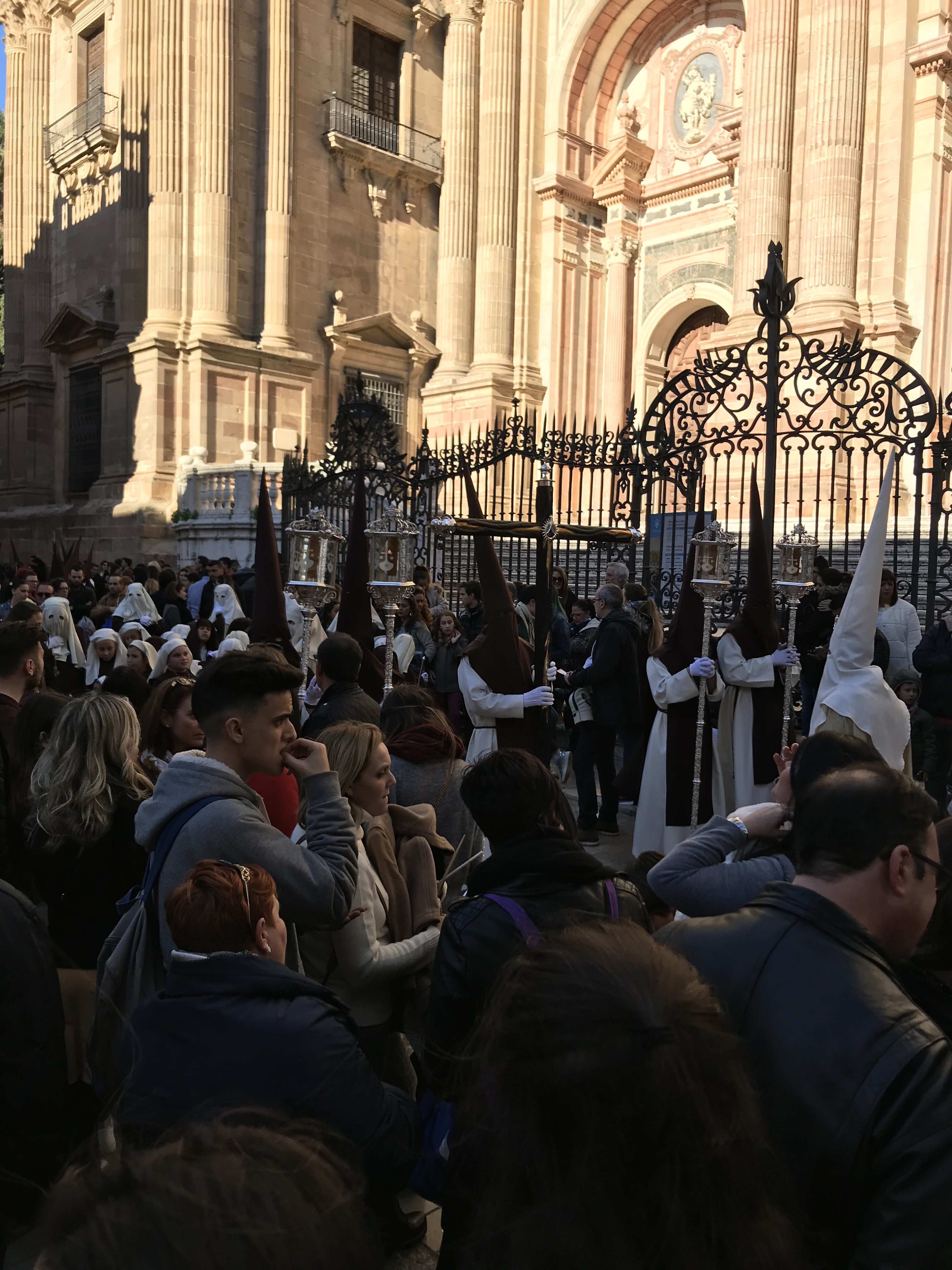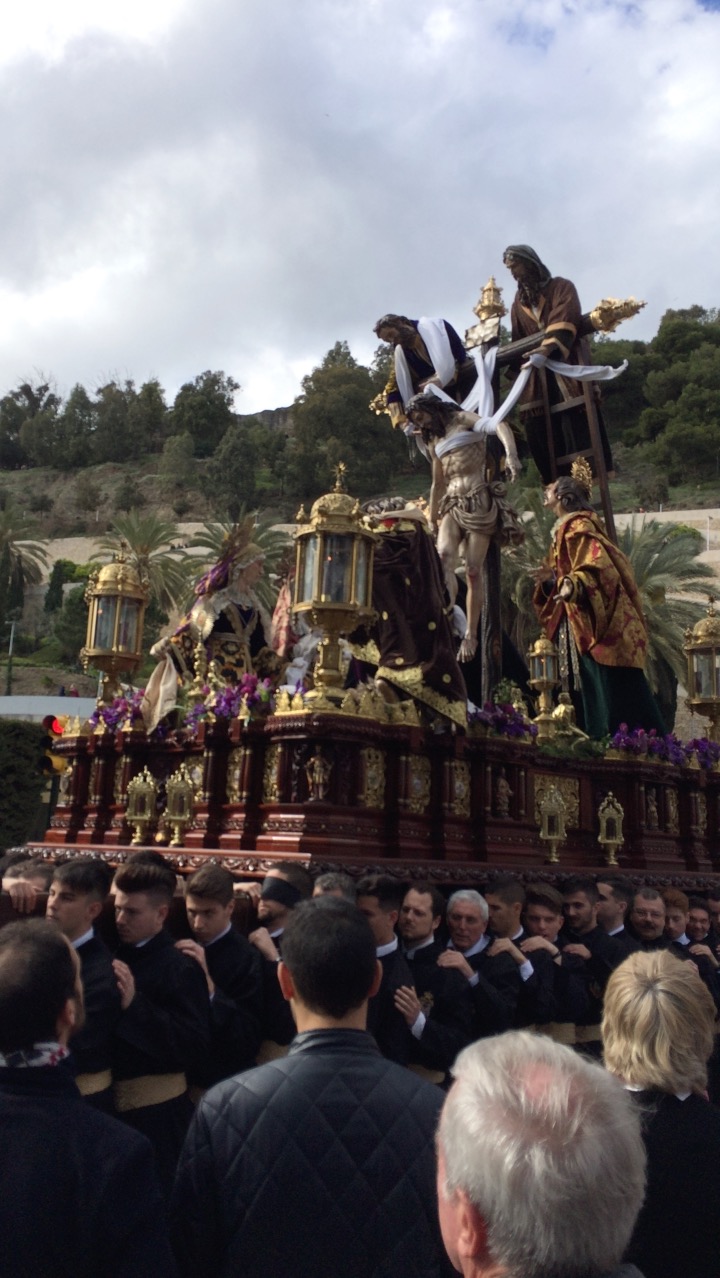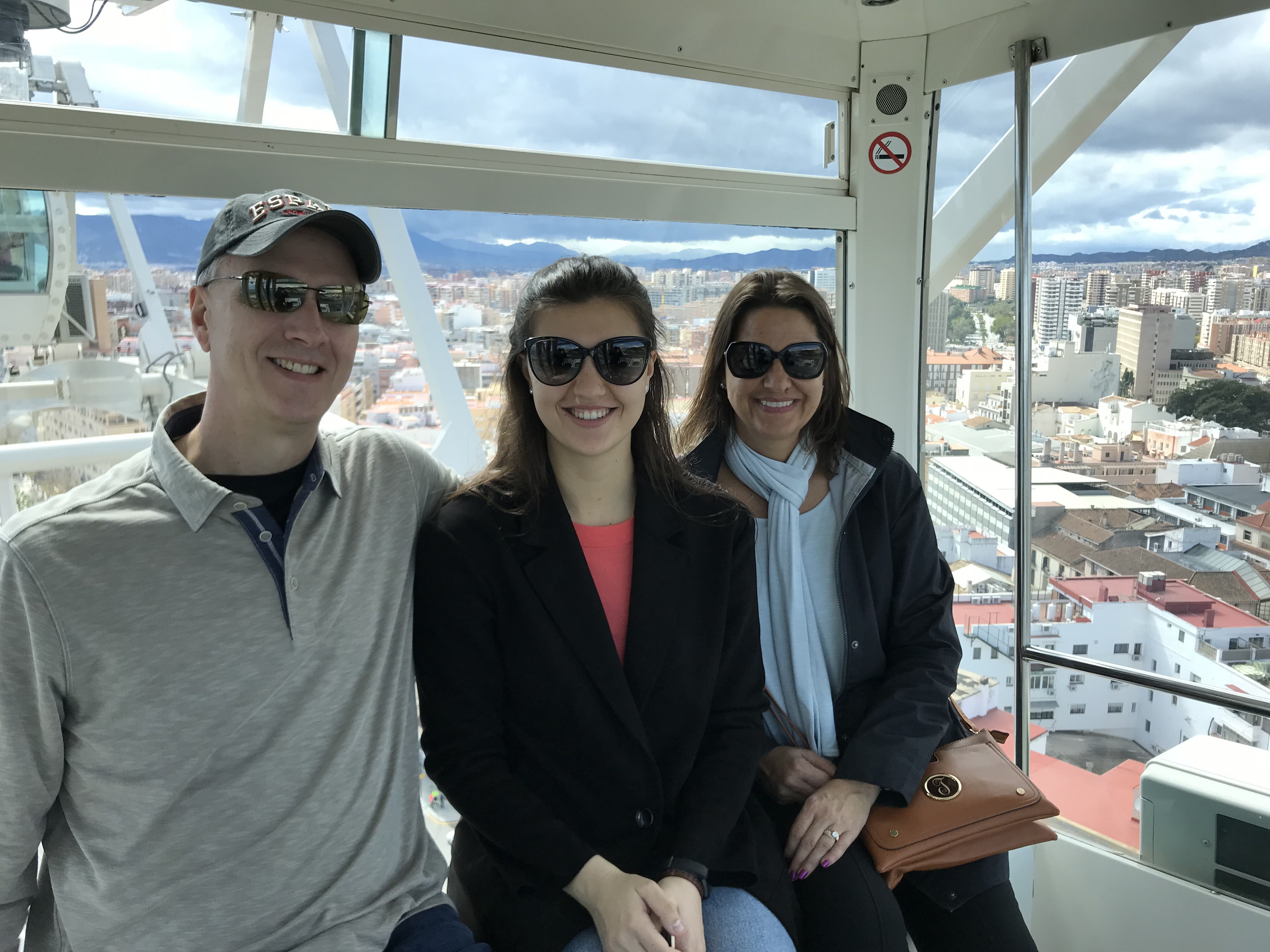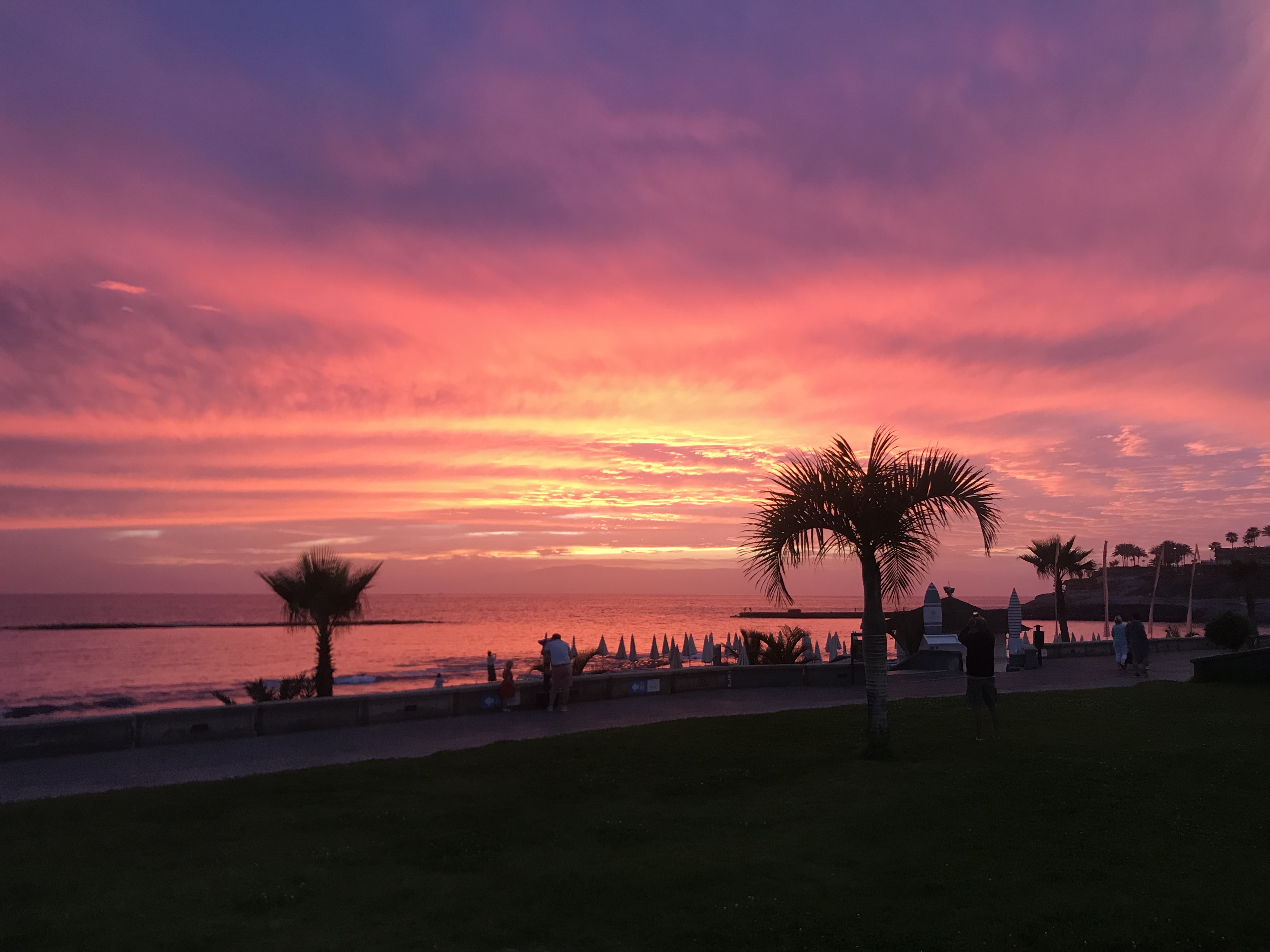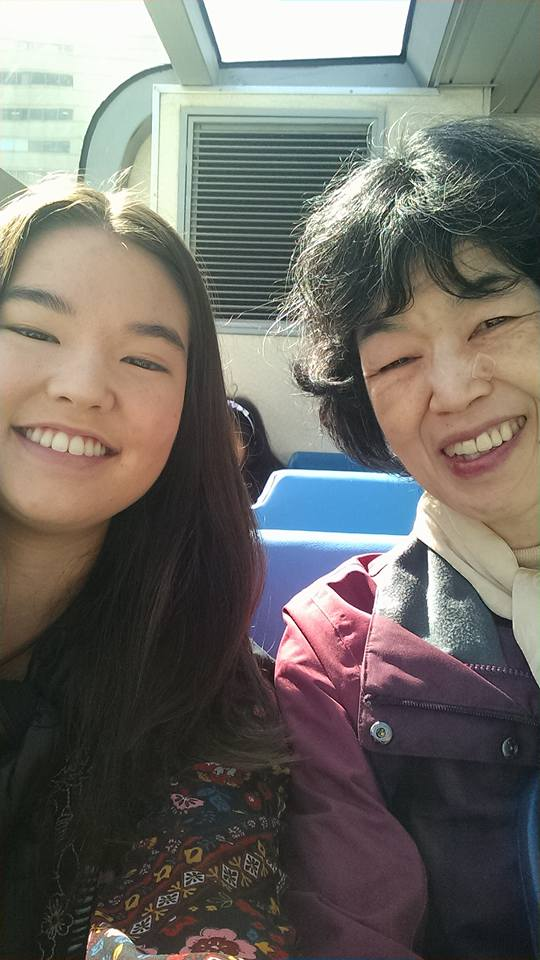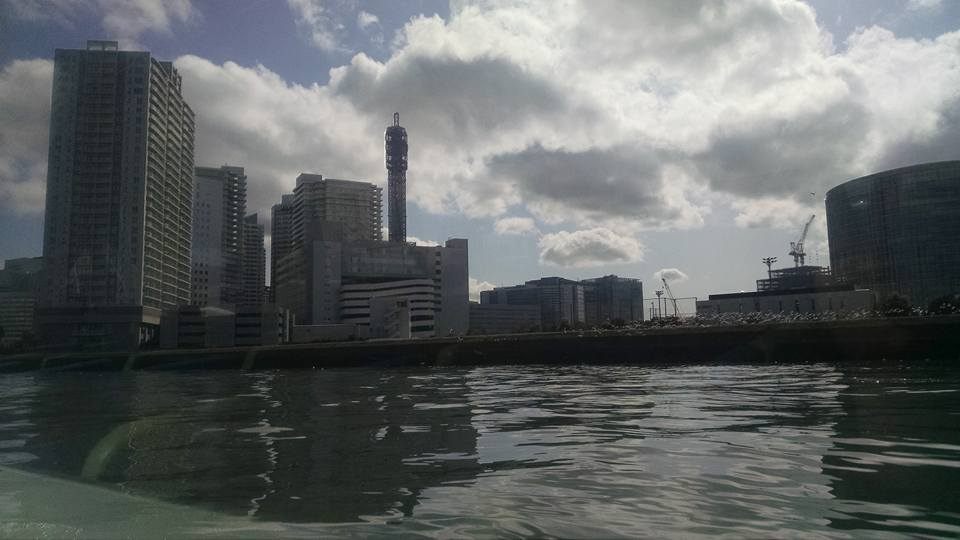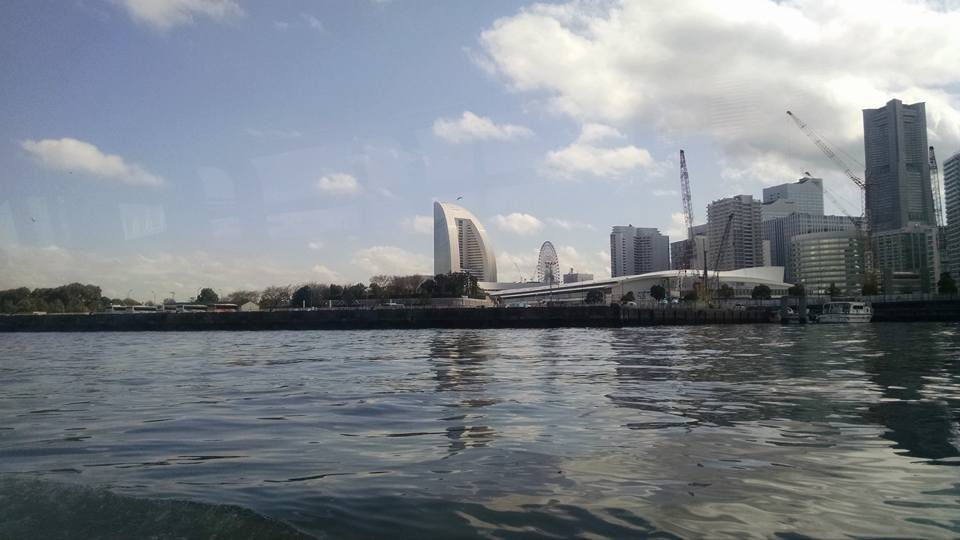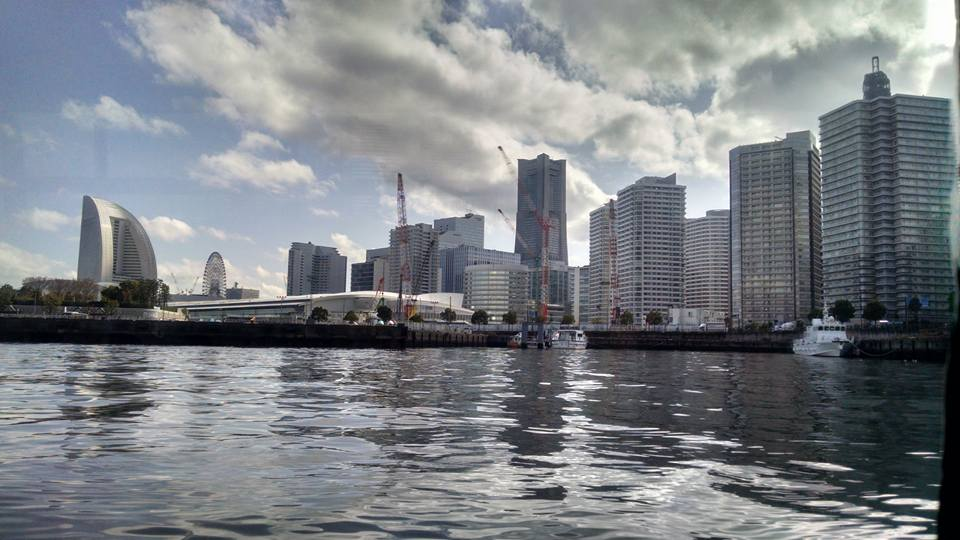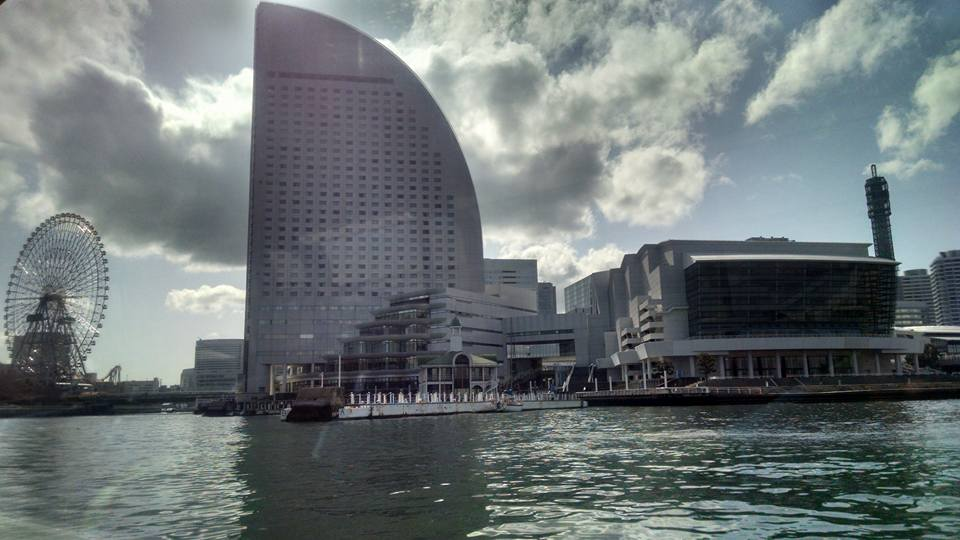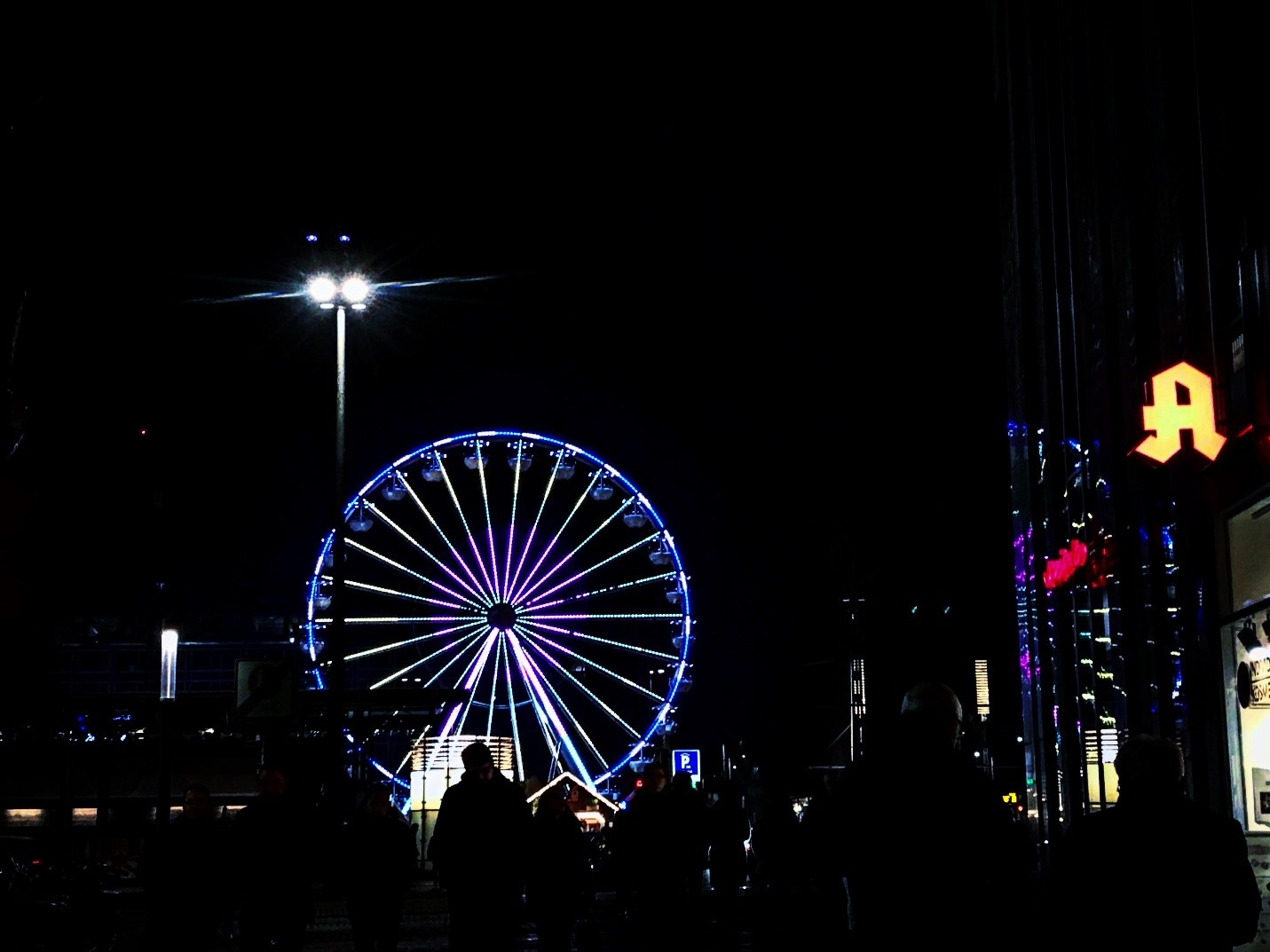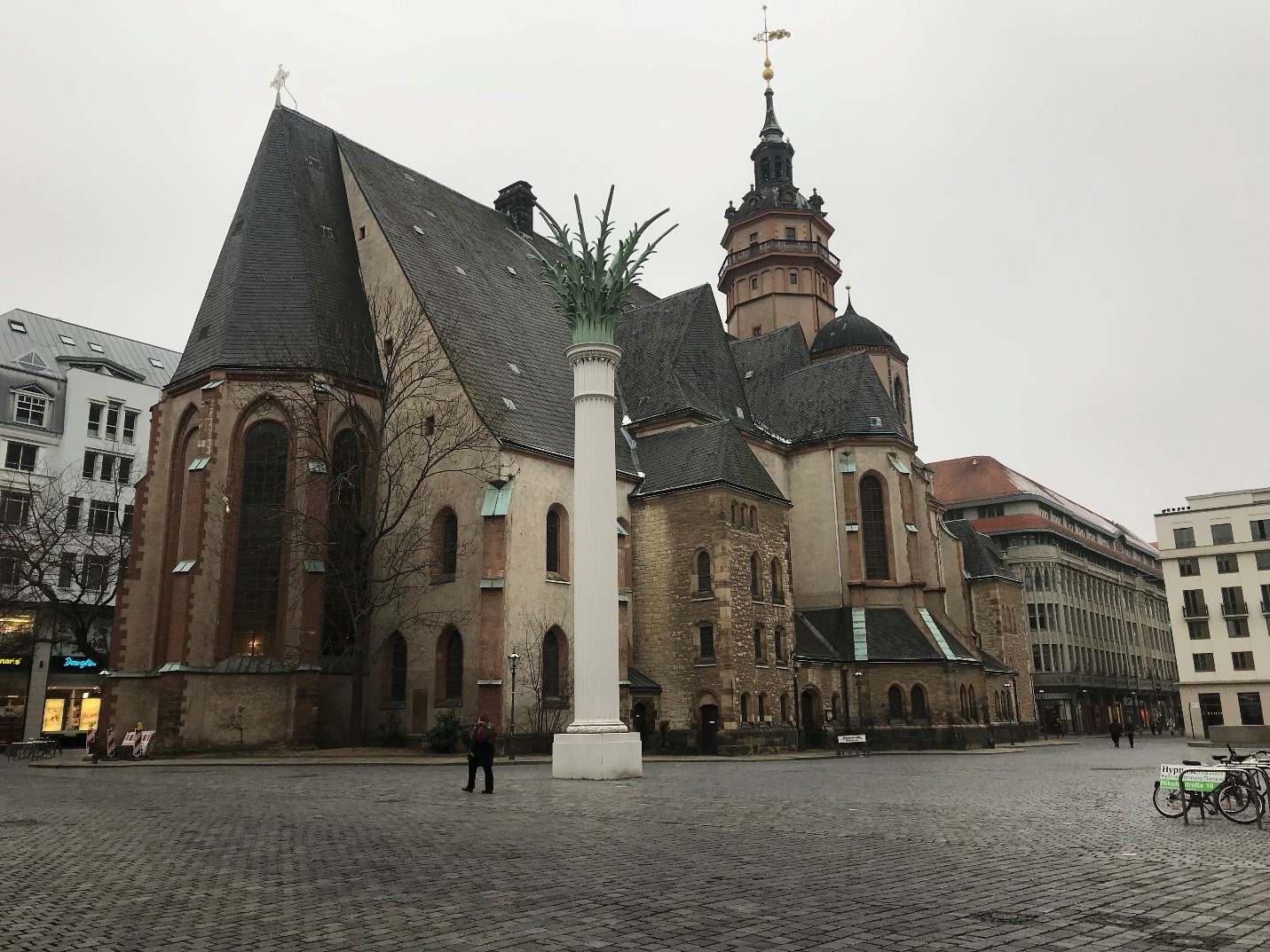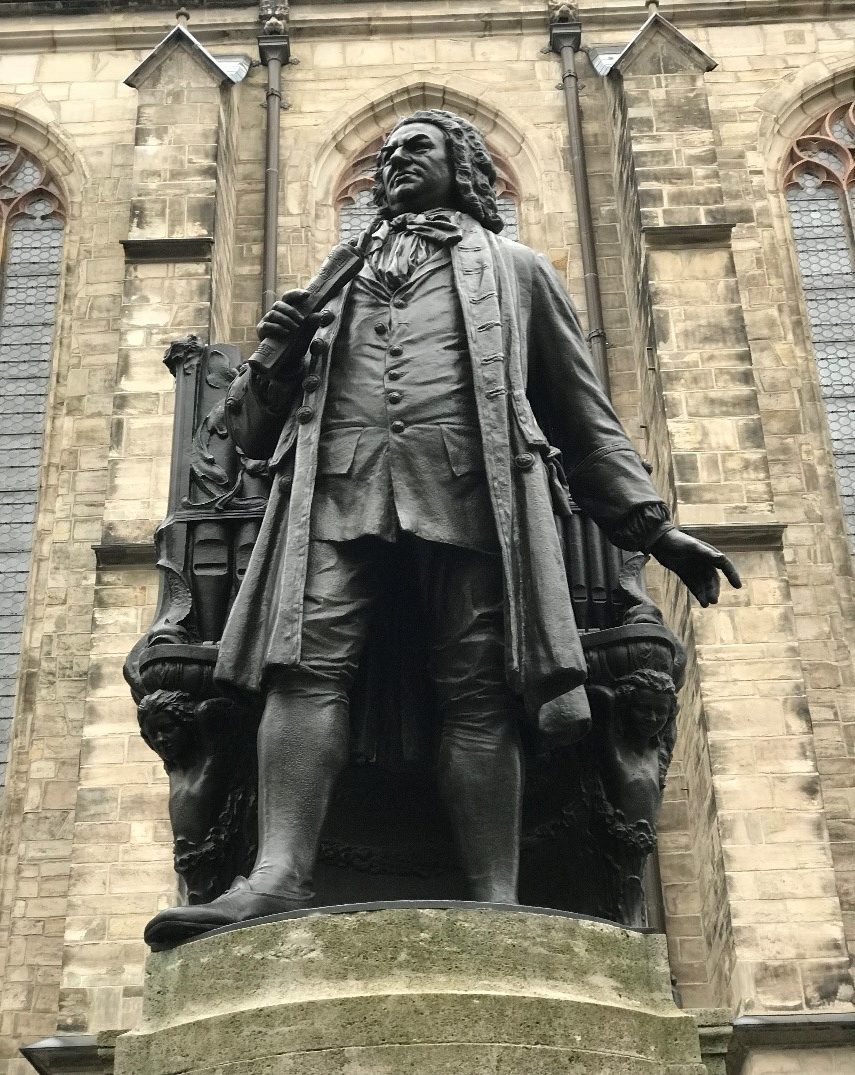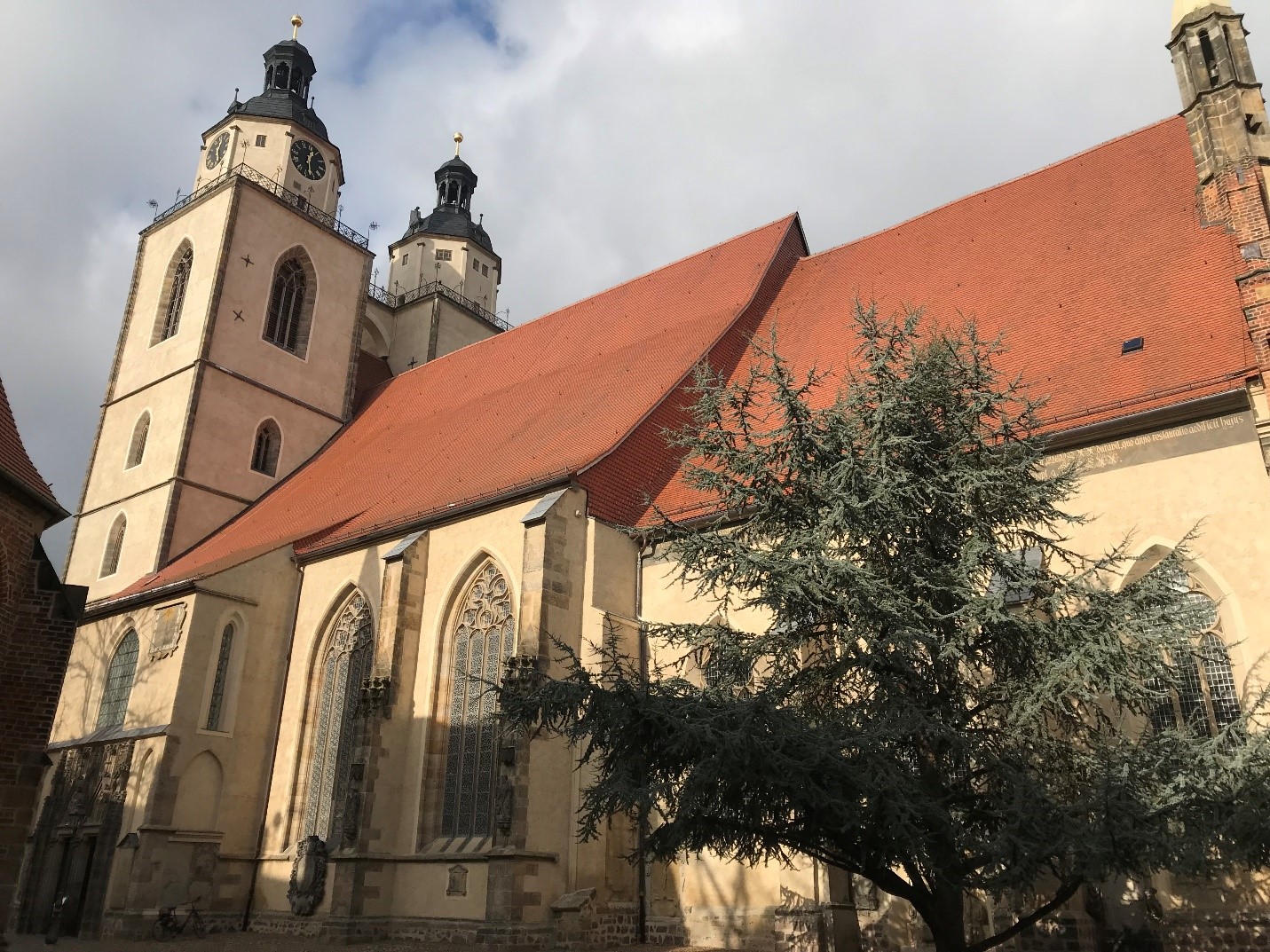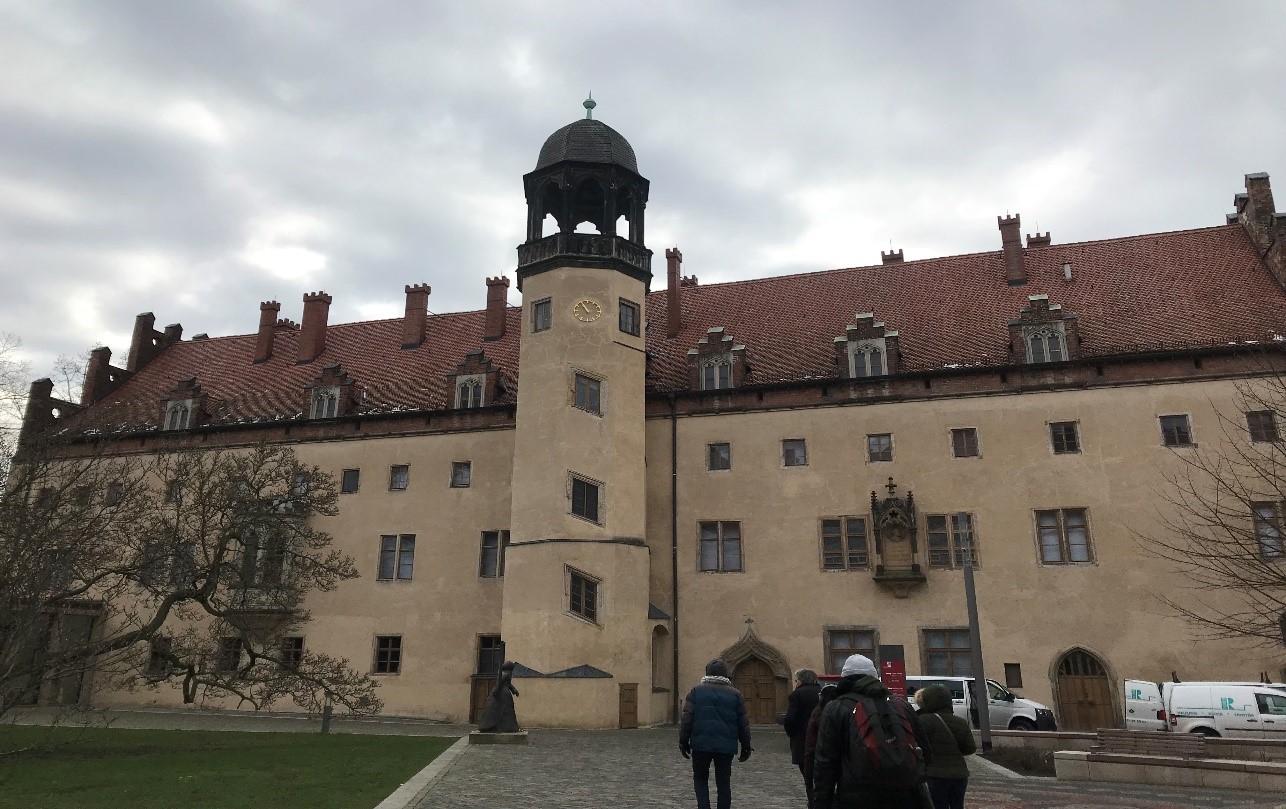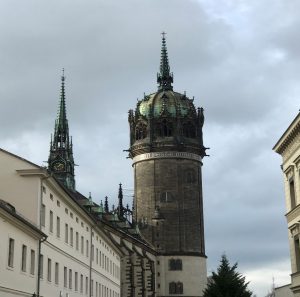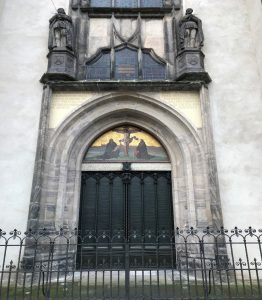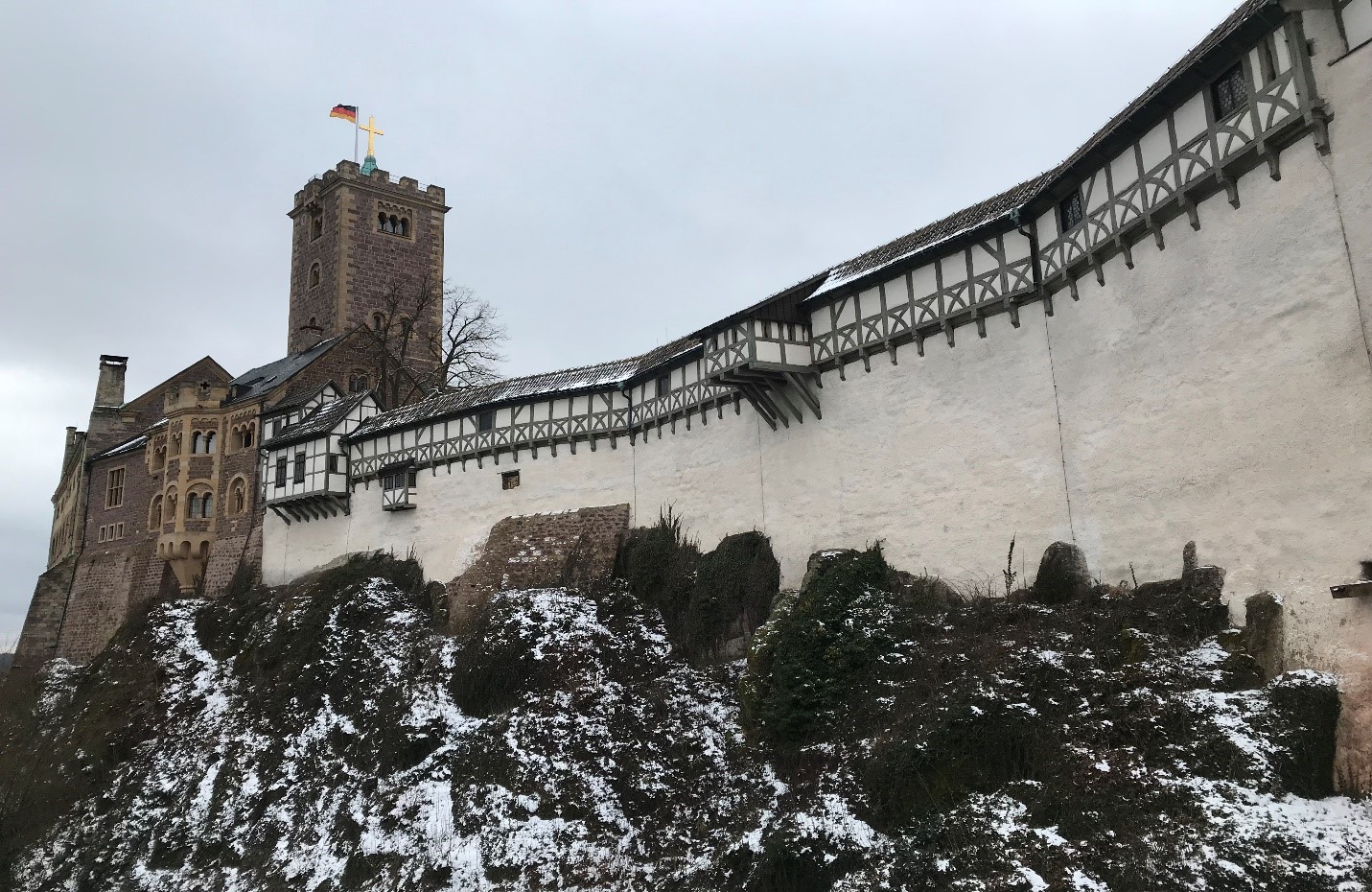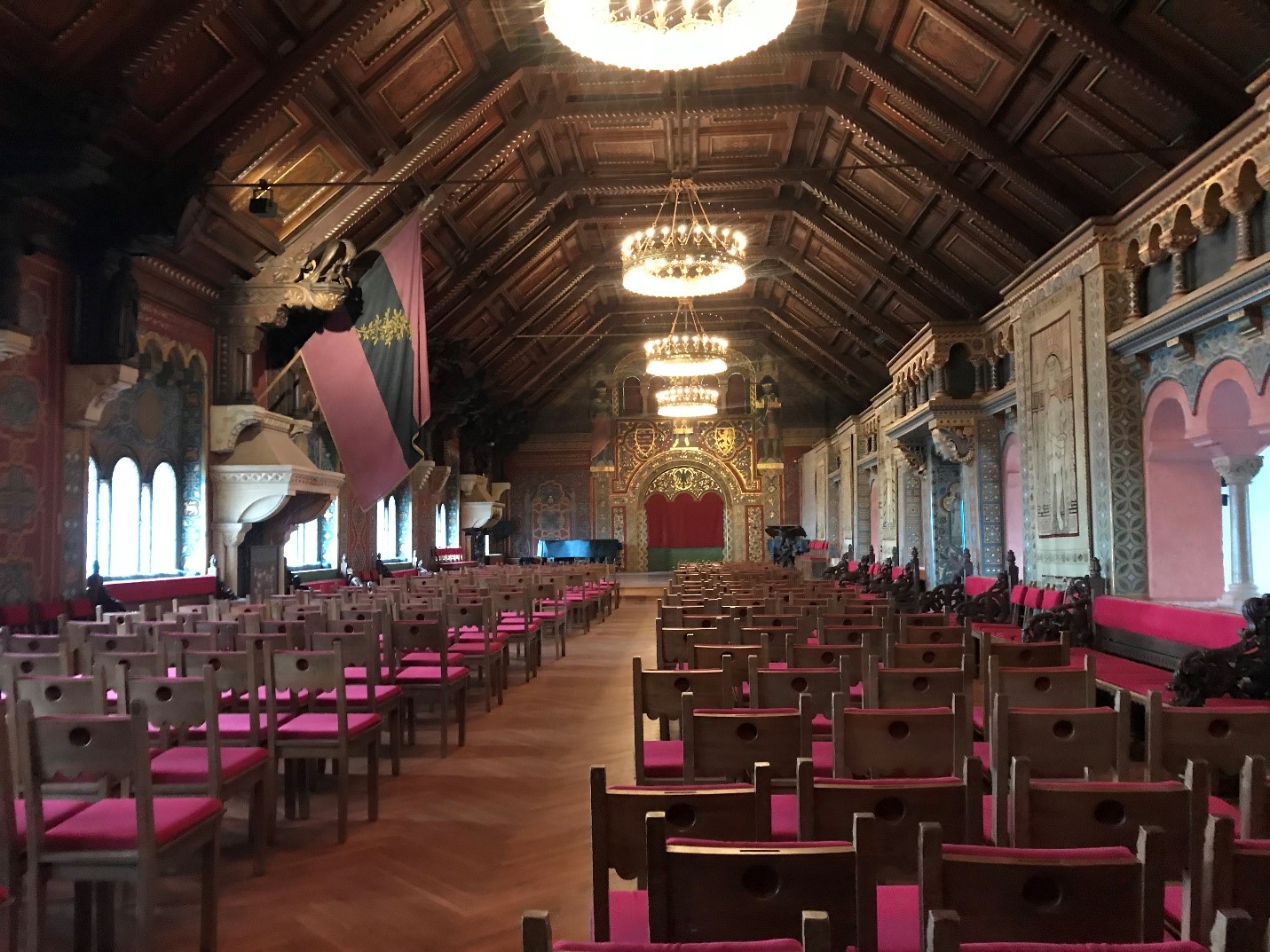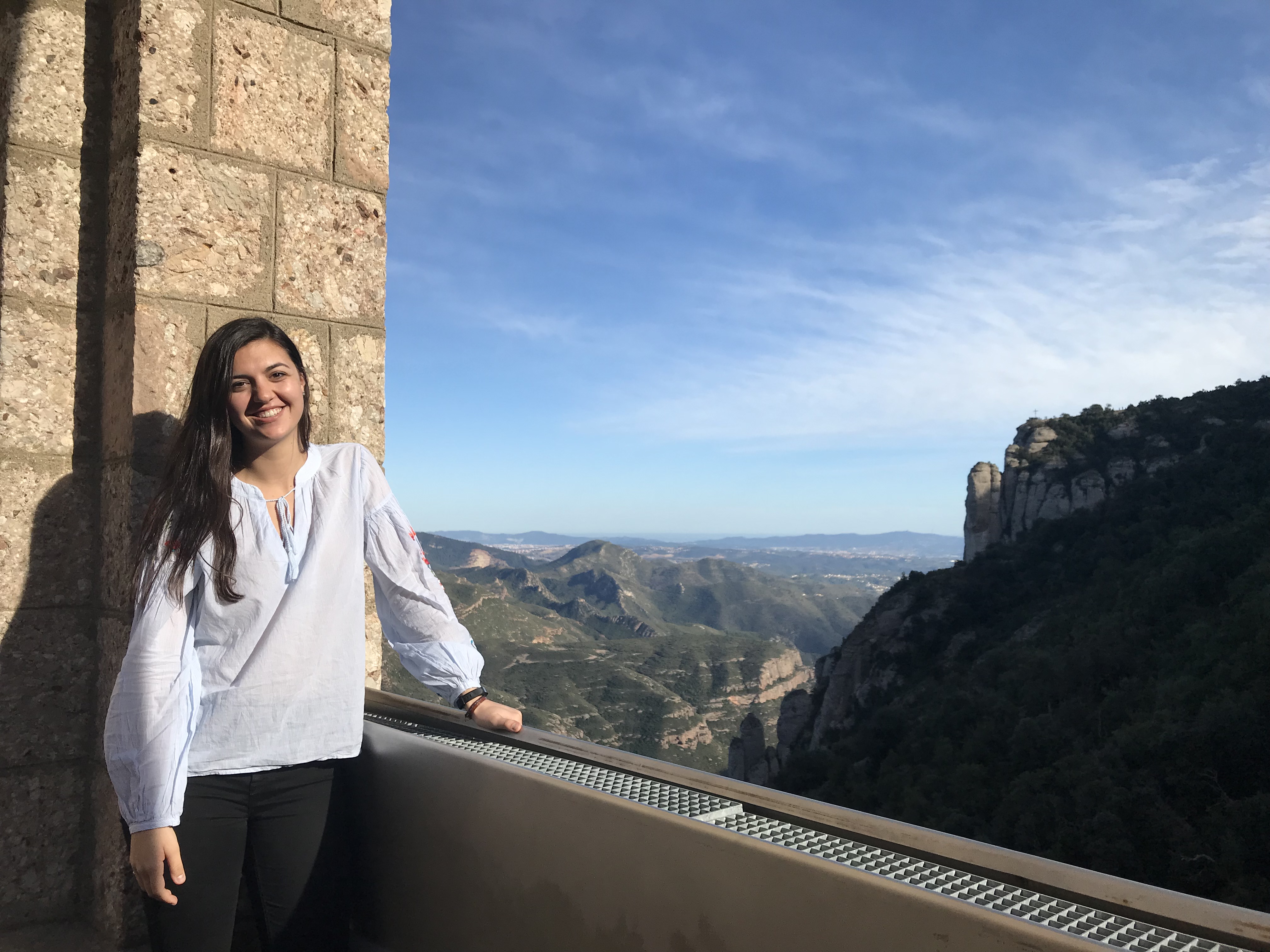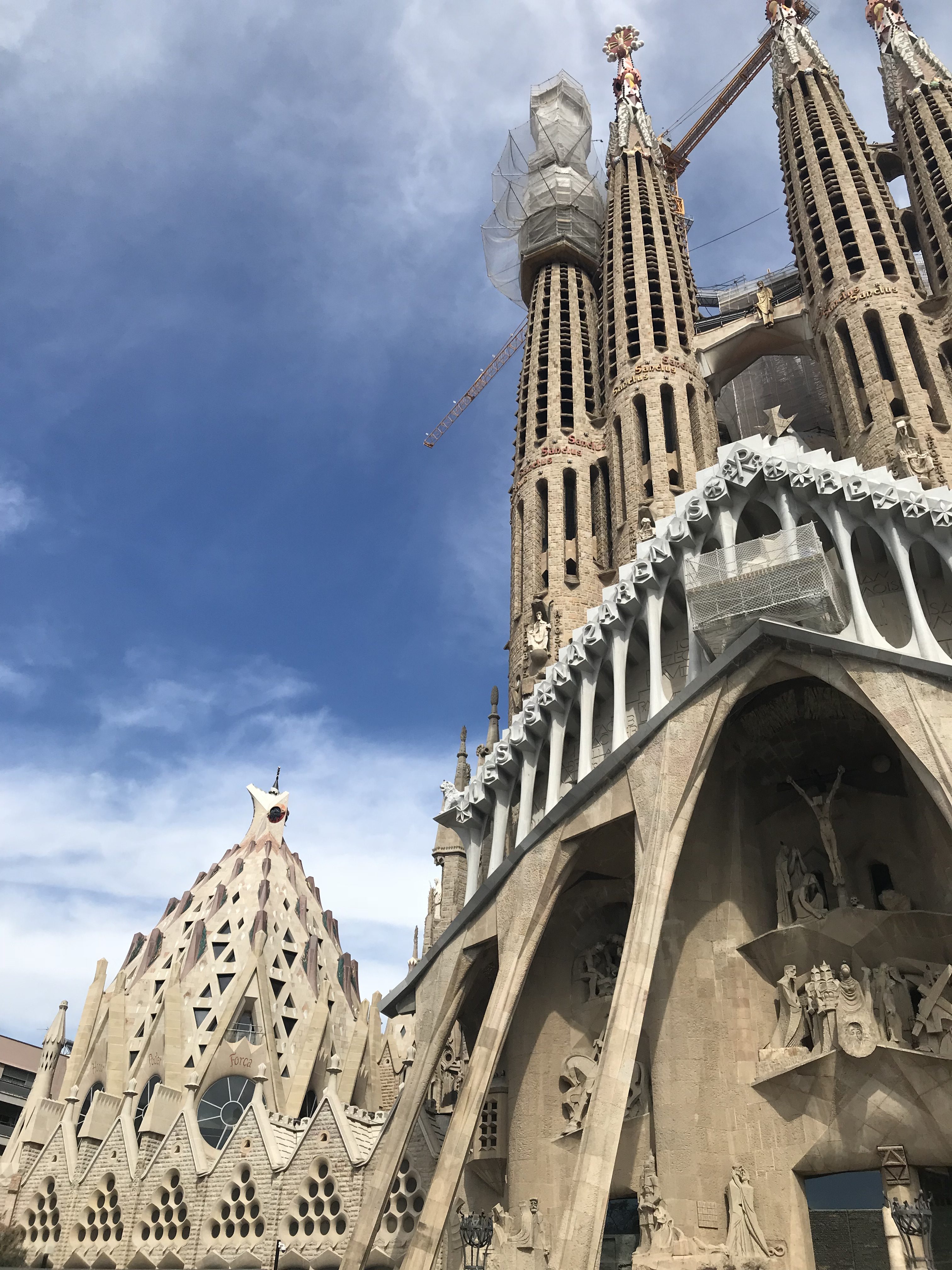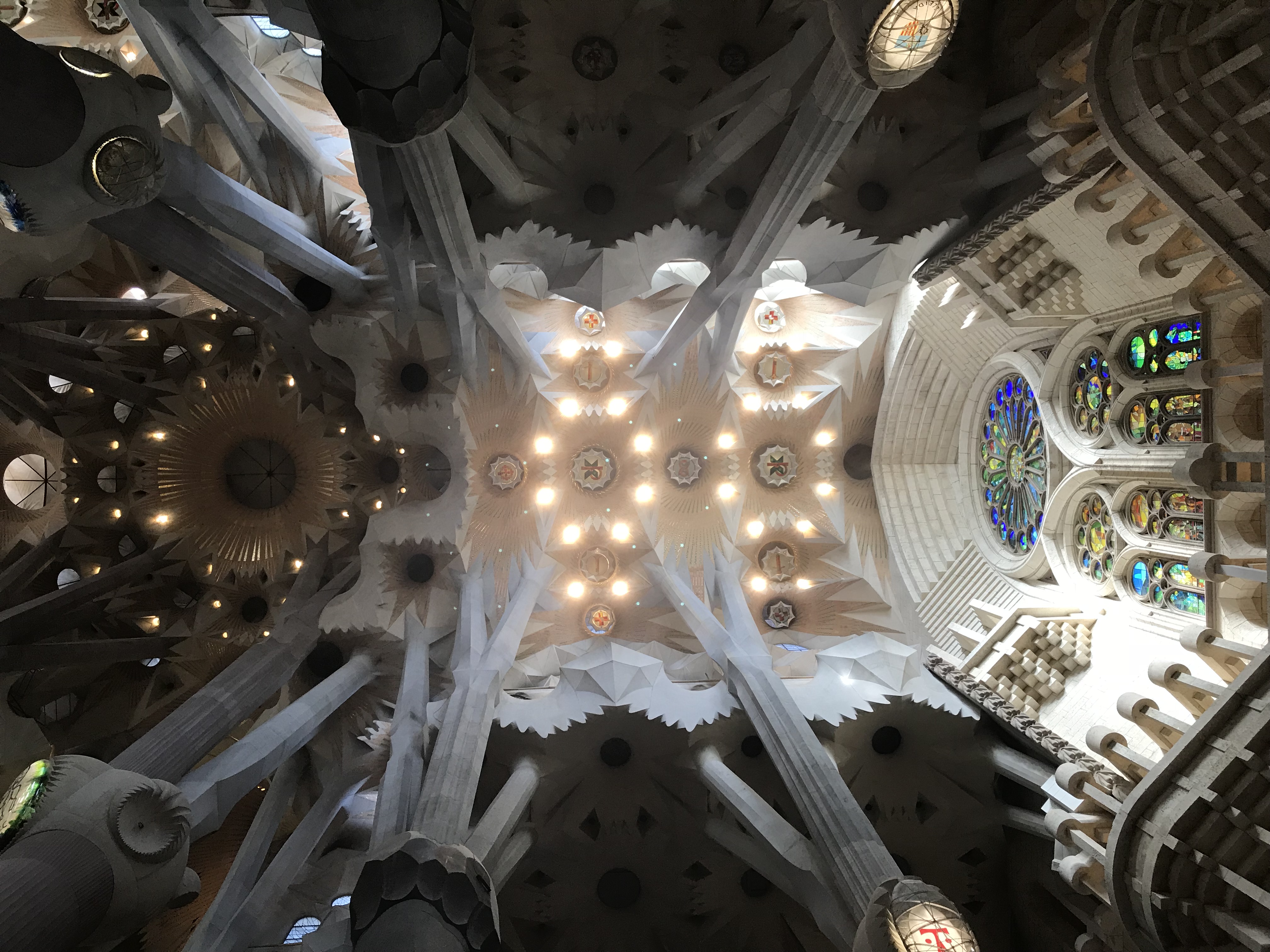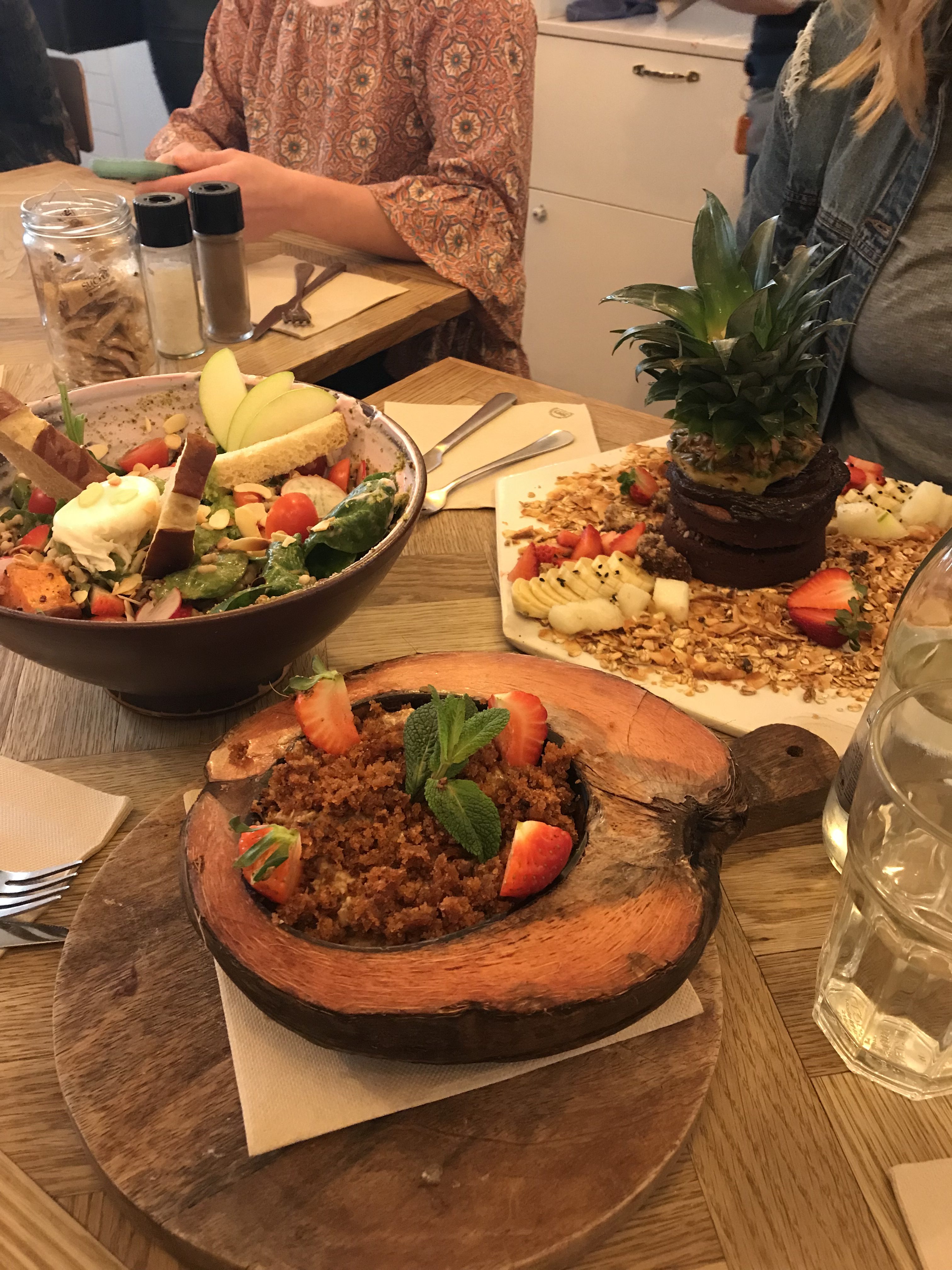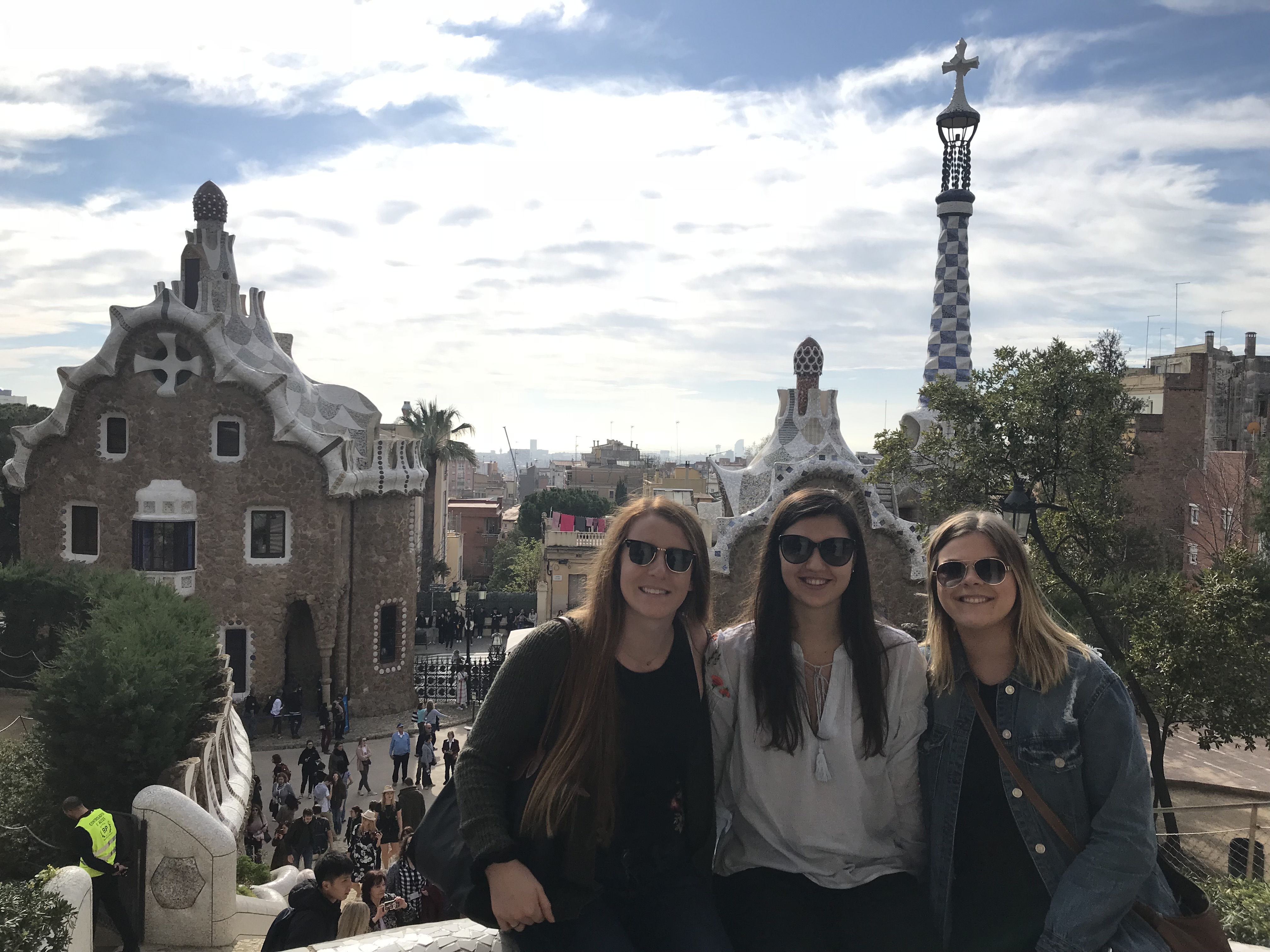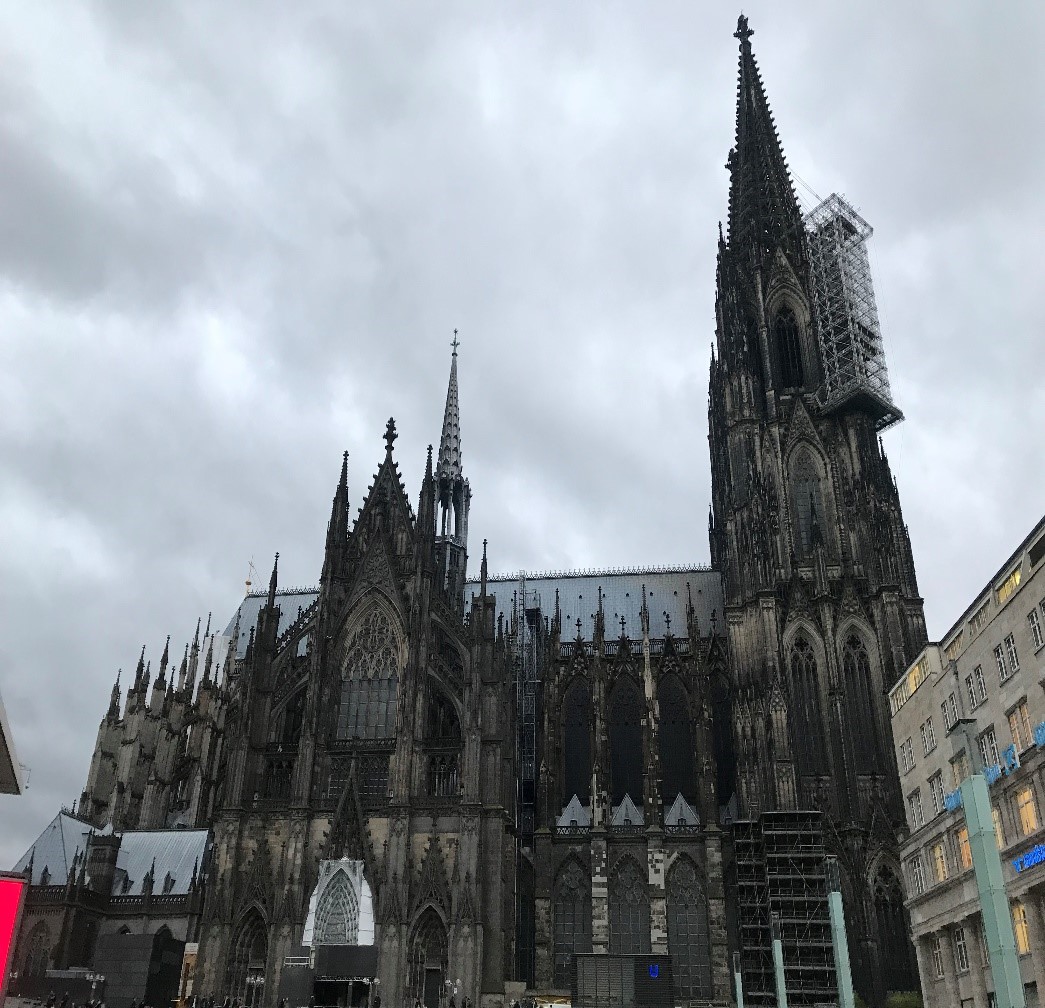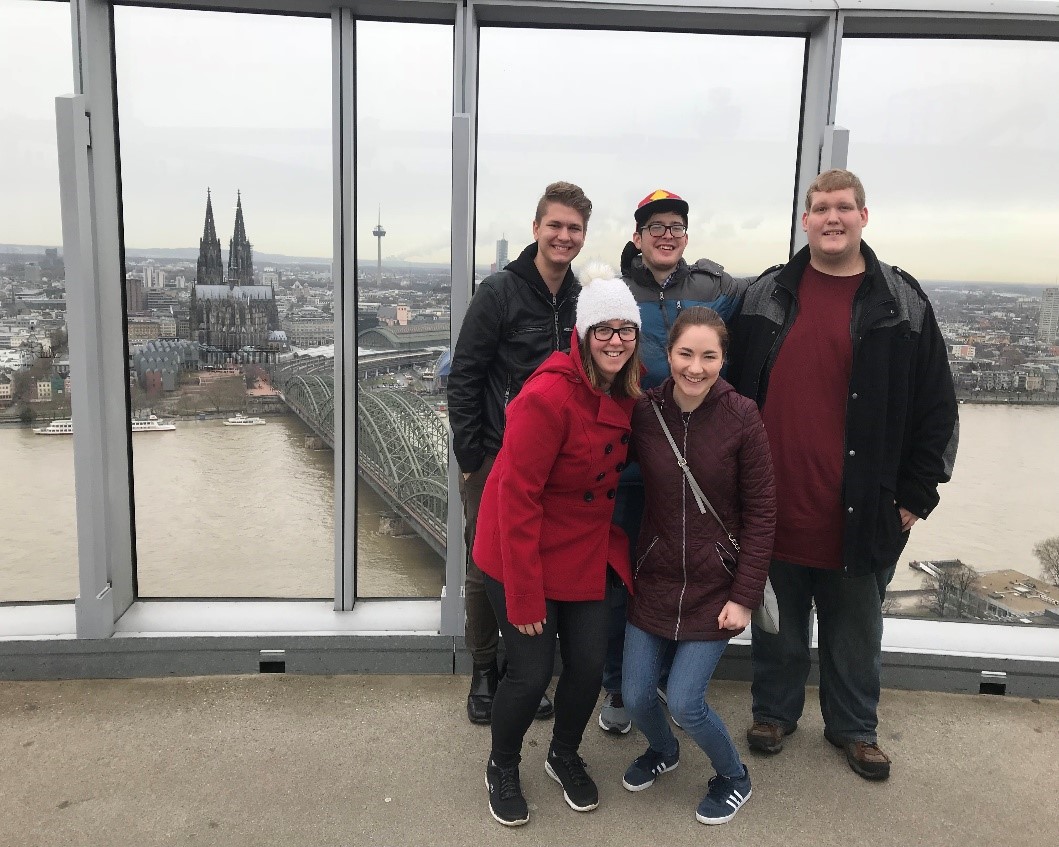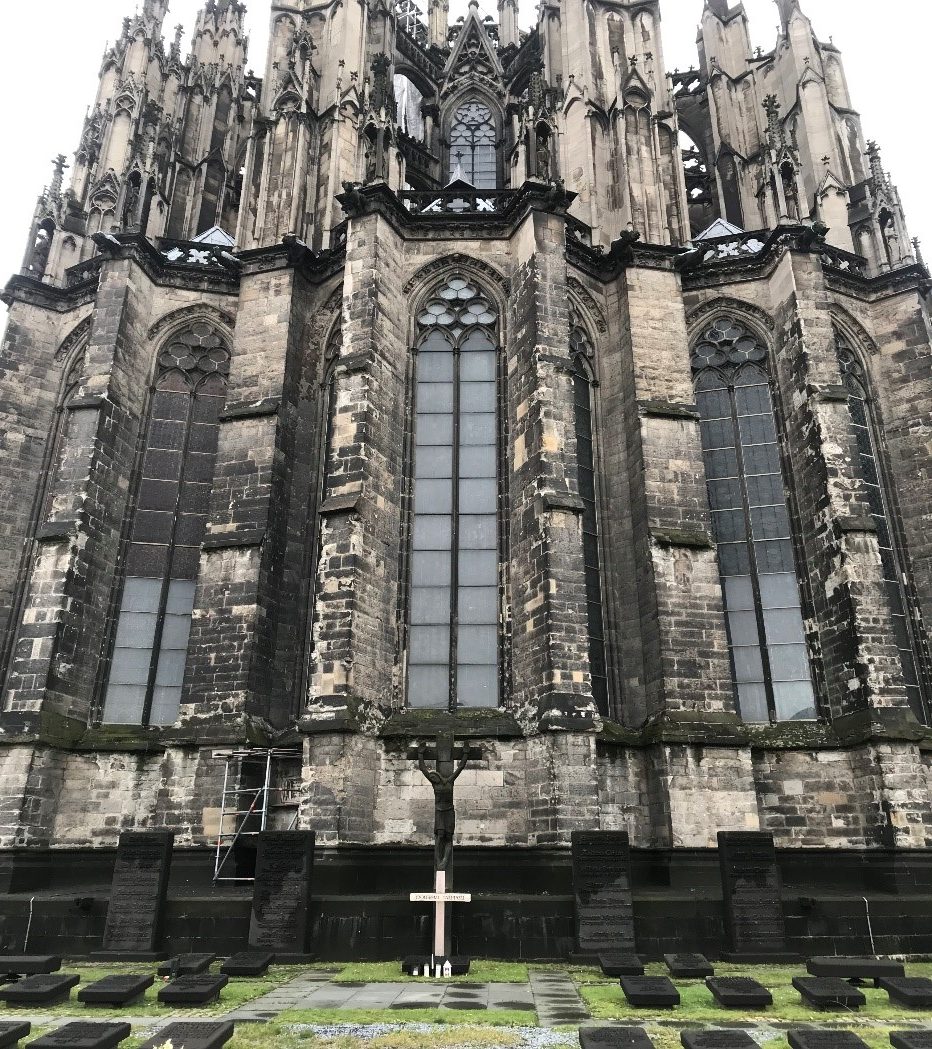Author: Maria Clemens
Location: Newcastle, Australia
During my mid semester break, I had the opportunity to take a trip to Melbourne, Australia. This was by far one of the coolest cities I’ve ever been to. As a person who generally prefers the outdoors and parks to urban areas, I still really enjoyed my time spent there. I went with a few other friends who are studying abroad from Valpo and we stayed in a hostel called The Nunnery. This was a very unique hostel because it was a building that used to be a convent but had been redone to host travelers. The layout of the building was somewhat maze-like and quite interesting. There was an adorable little courtyard and the rooms were small but quaint. The sign over the entrance is in the picture below.
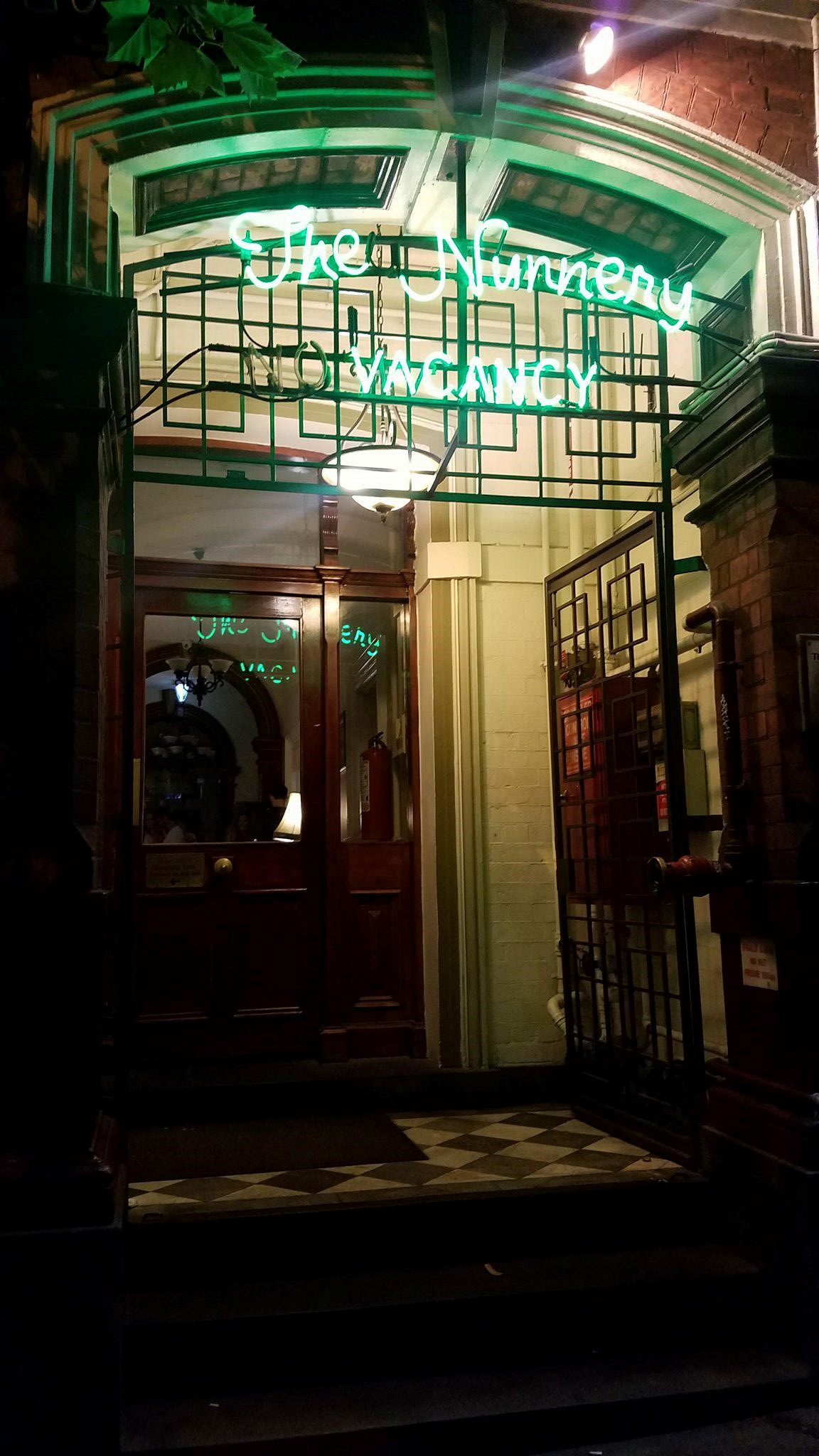
We only spent a few days in Melbourne, but they were pretty packed. Our first day we made our way towards the Botanical Gardens downtown. Along the way we passed by the coolest alley that was full of graffiti street art. It was so amazing to see the culture of the city in such an artistic way. The coolest thing about the alley was that new graffiti was added all the time.
As we continued along our way we also stopped at the Shrine of Remembrance. This was a cool experience because the shrine was similar to some of the monuments in Washington D.C. but specific to Australia’s soldiers and veterans. The building held a lot of history and emotion which could be seen in the displays and the people that were there visiting.
Finally, we reached the botanical gardens. This was by far the most amazing park I’ve been to in a city. The diversity of the plants was phenomenal. It took us a full two hours to walk around the entire park! We saw so many beautiful flowers and trees. One of the coolest aspects of the park was the fern alley. This was a small trail in the middle of the park that had vegetation from New Zealand. It was so green and lush it was incredible. I never would have thought it was possible to see so much plant life in the middle of such a booming city.
Next, we journeyed on to the National Gallery of Victoria. This museum is known as one of the best art galleries in all of Australia and it definitely lived up to the hype. There were so many unique art pieces in the museum. One of my personal favorites was an interactive exhibit by Yayoi Kusama entitled Flower Obsession. There was a small apartment recreated and furnished in the museum and filled with red flowers. Everyone that walked through it was given a red flower sticker and asked to apply it somewhere in the exhibit. This resulted in rooms covered in red flowers. I’ve attached a picture of myself sitting in one of the rooms below.
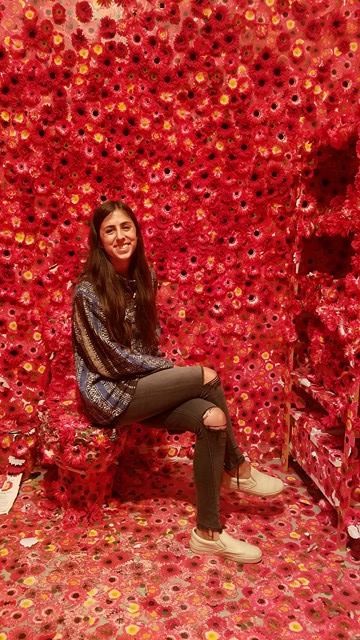
After leaving the museum, we headed back home quite exhausted from the long day. The rest of our time was spent touring around the city and enjoying the lovely Australian weather.
